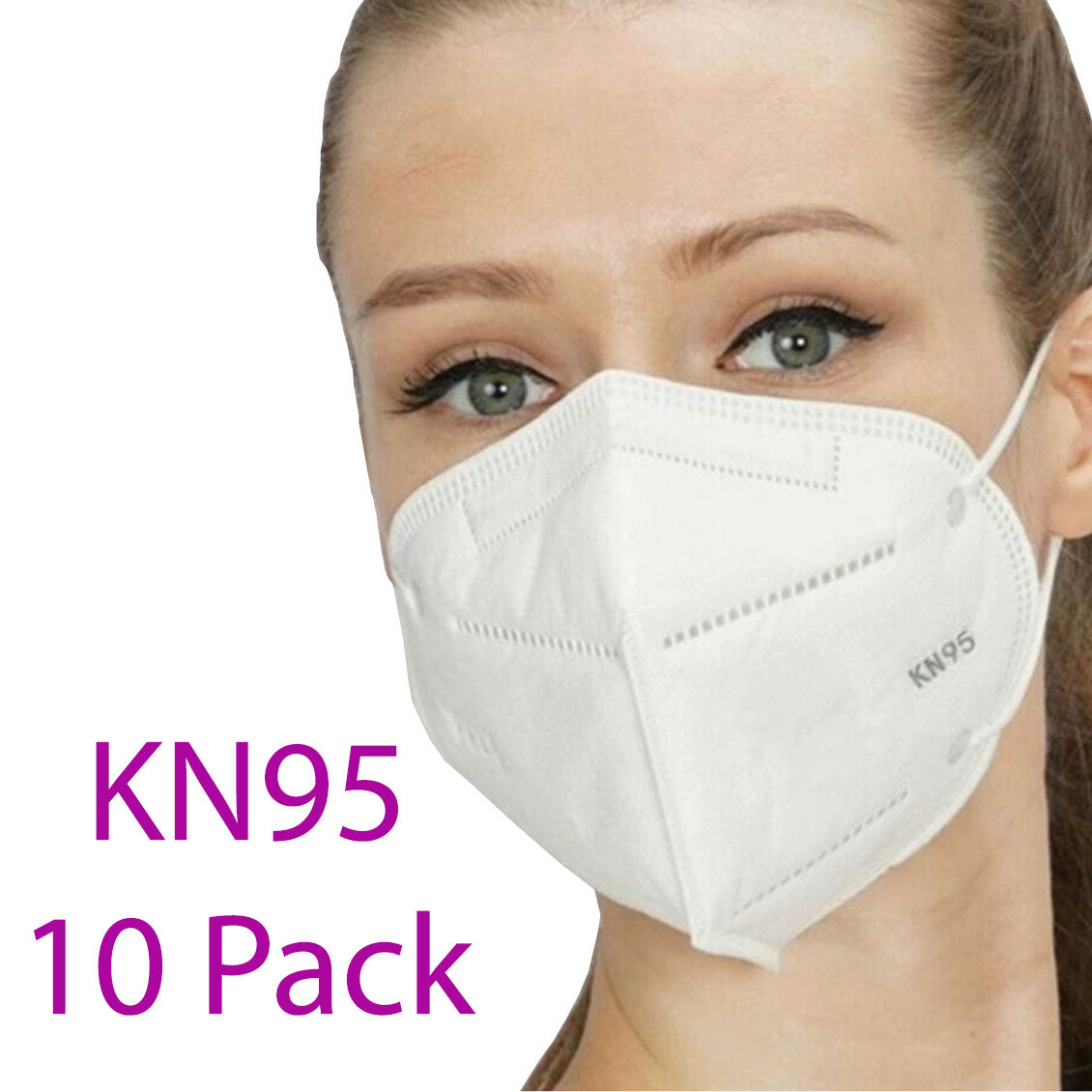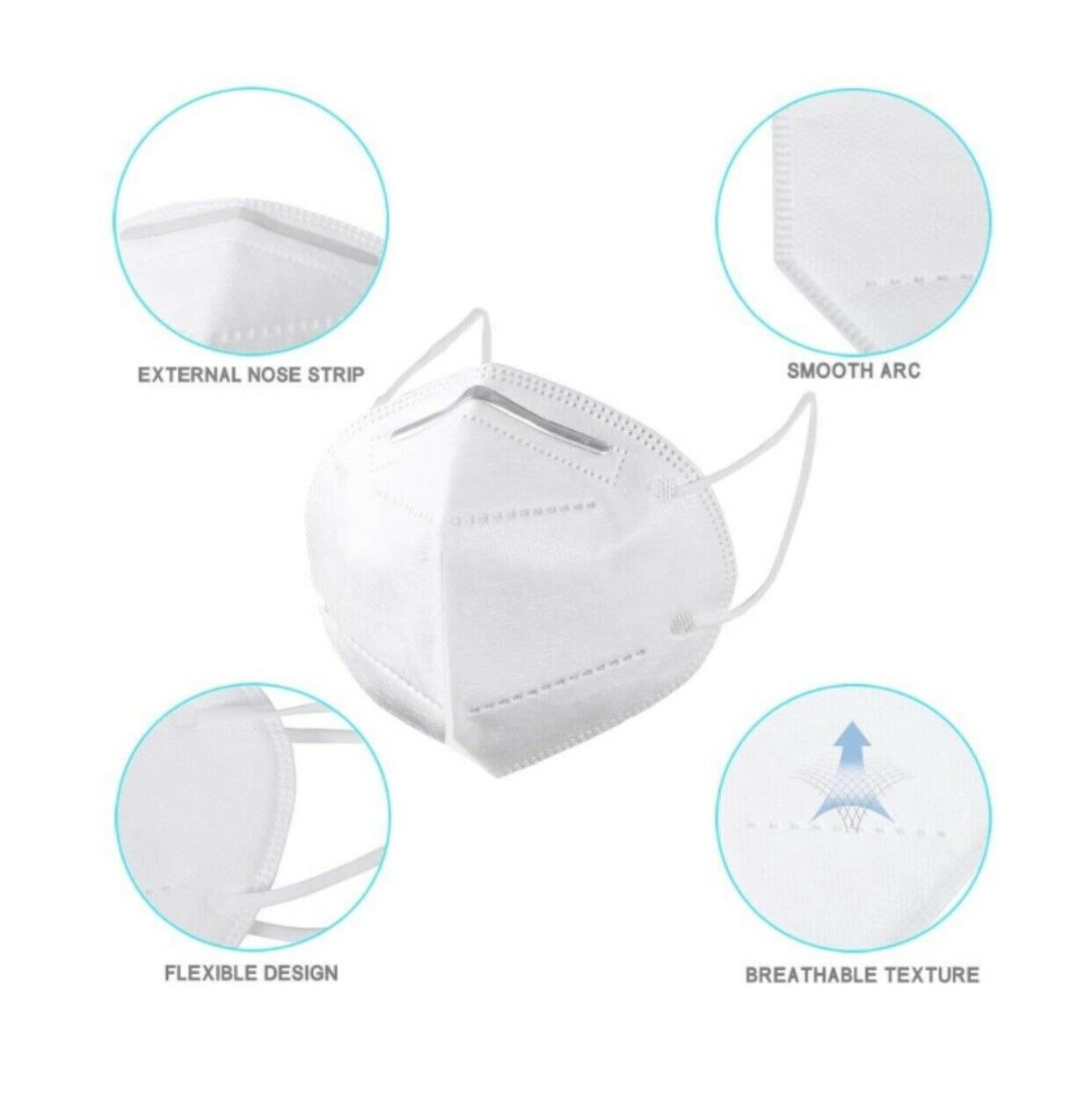KN95 Face Mask - 10 PACK
$9.99
KN95 Face Mask - 10 PACK
KN95 masks are produced in very clean, almost dust-free environments
The KN95 masks comply with standard GB 2626-2006 (KN95 grade), The performance is tested on four sections:
1) the Filtering efficiency, is over >95%
Tested using NACL as the particulates, the flow is: 85L/minute, the density of particulates: 15mg per CBM, at regulated temperature range, and at regulated humidity range
2) the resistance to inhaling (air in): must be less than 350 Pa
3) the resistance to exhale (air out): must be less than 250 Pa
4) the quality of ear loop / headband straps: pulling force of 10N lasting for 10 seconds, must be OK, cannot break

What is the difference between N95 and KN95 Masks?
The KN95 Masks are foldable and flat packed whereas the N95 Masks are not.
To be certified as a KN95 mask, the Chinese government requires the manufacturer to run mask fit tests on people with an ≤ 8% leakage. The N95 mask standard does not require manufacturers to run fit tests. N95 masks have slightly stricter requirements for pressure drop while inhaling and pressure drop while exhaling. This makes N95 masks slightly more breathable than KN95 masks.
Does 95% efficiency mean that 5% of the particles get through the mask?
All masks are designed to help reduce, not eliminate, exposures to airborne hazards. For example, N95-rated FFRs have a filtration efficiency of at least 95% against non-oily particles when tested using the NIOSH criteria. The particles used to test the filtration are in a size range that is considered the most penetrating. Therefore, the test methods ensure that the filter media can filter particles of all sizes with at least 95% efficiency. It’s important to remember that the filter efficiency alone does not determine the overall reduction in airborne hazards provided by a mask. There are two other key determinants in reducing exposure: fit and wear time.
5) The FDA requires us to say : these masks are non medical grade. But it is more important to note that they exceed all KN95 standards mentioned above.
- Reviews
- Questions
Thank you for posting a question!
Your question will appear on the site once we've answered it.
Thank you for submitting a review!
Your input is very much appreciated. Share it with your friends so they can enjoy it too!


